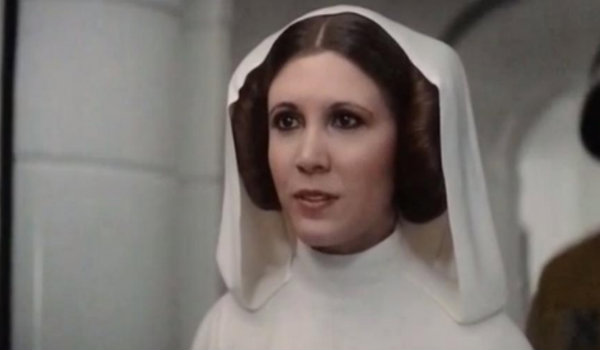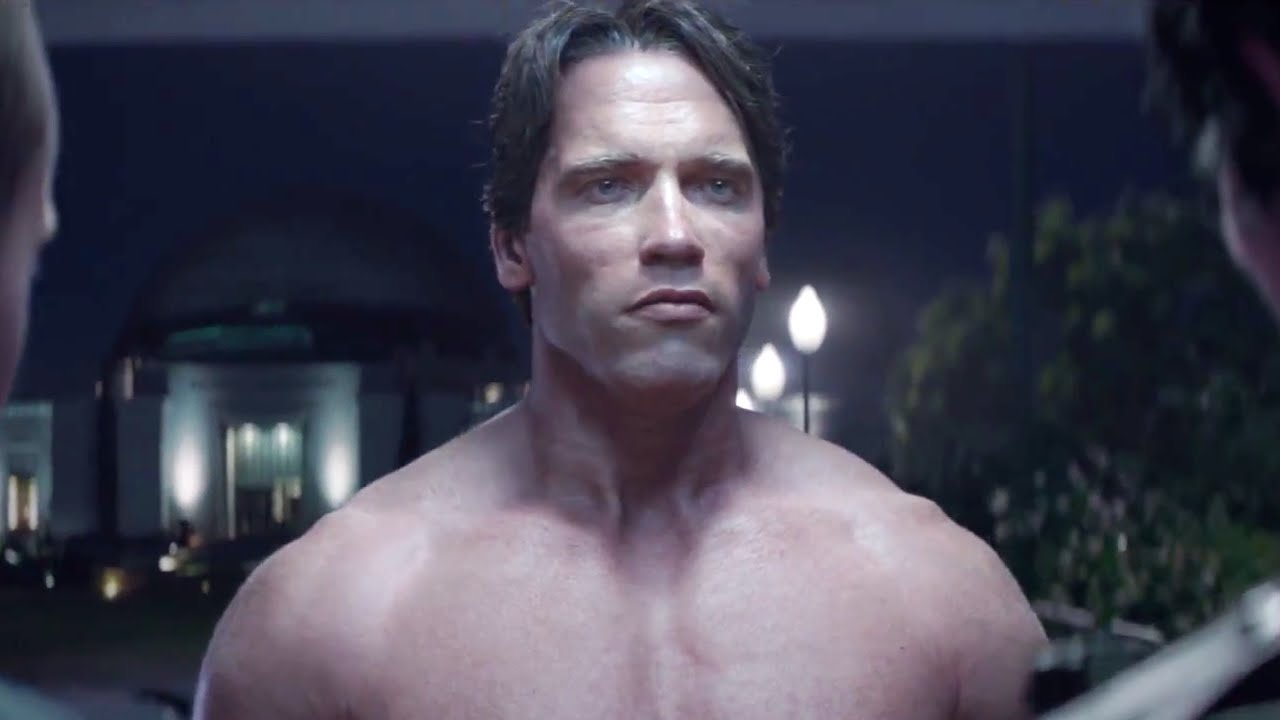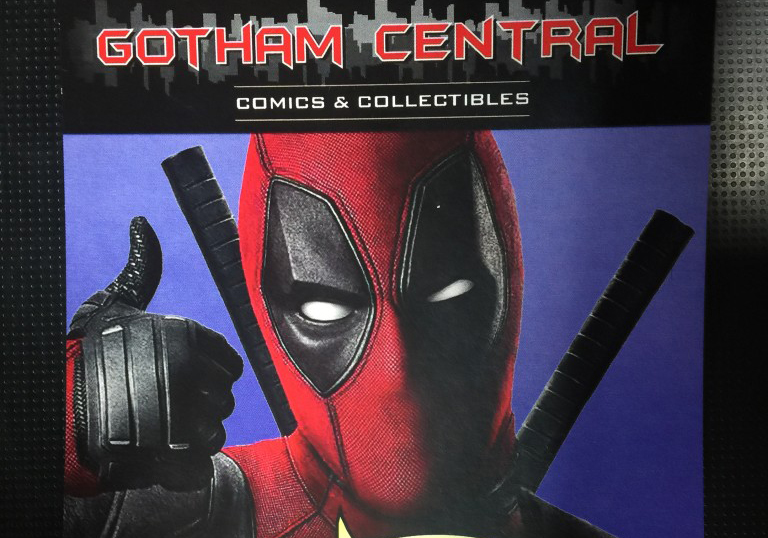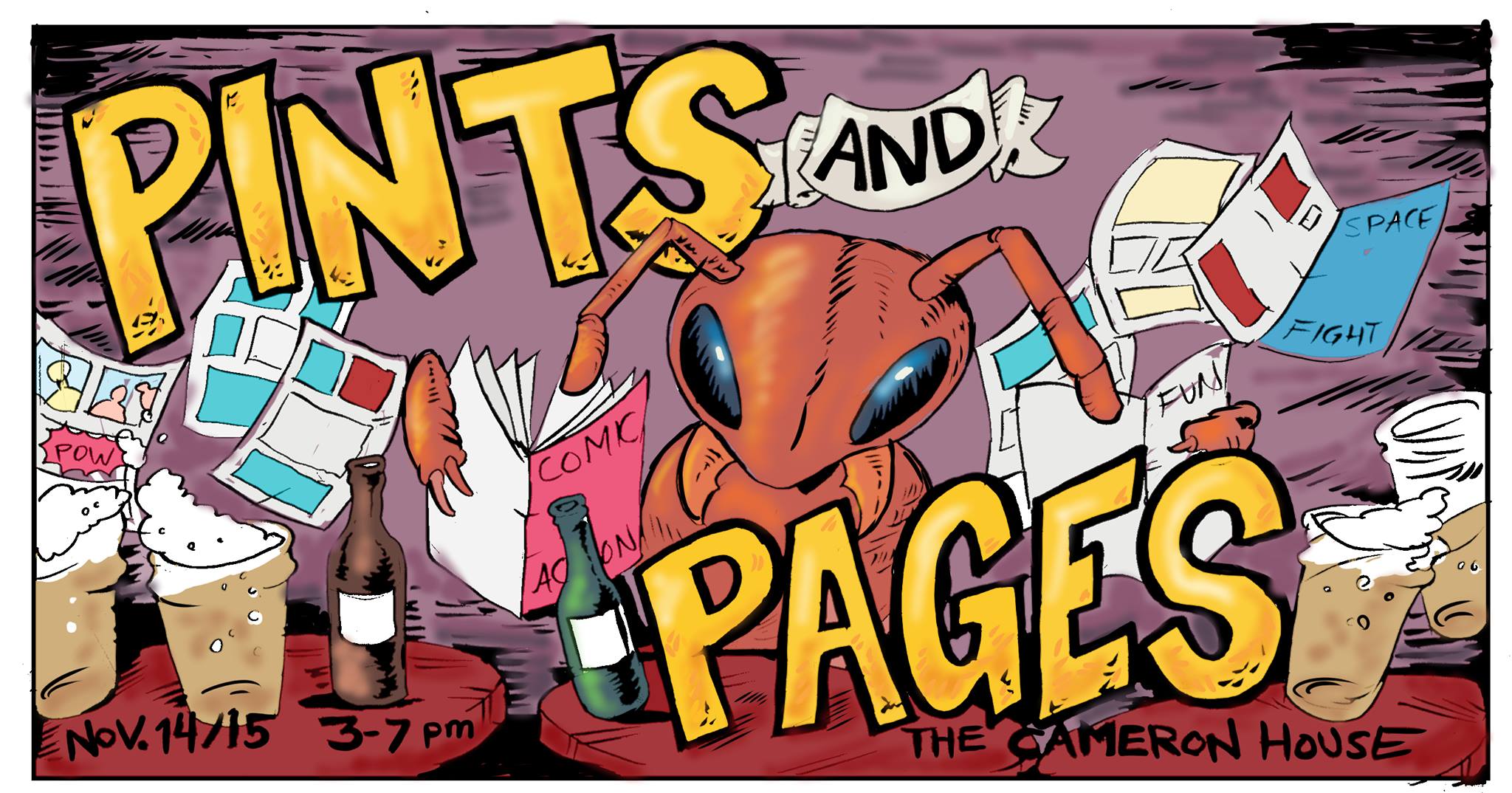 “We have the technology…”
“We have the technology…”
That famous line lifted from the theme song sequence of The Six Million Dollar Man TV show from the 70’s still rings true today. While the voiceover during the sequence referred to the bionics that would put Col. Steve Austin back on his feet it’s also relevant to modern filmmaking. With Rogue One: A Star Wars Story pushing past the $1 billion mark in worldwide box office receipts it’s another unqualified success in the Star Wars franchise. Although the film’s box office results were undeniable its use of CGI were not universally praised. The issue stemmed from using CGI to recreate a younger version of Carrie Fisher and to allow the late Peter Cushing’s likeness to be mapped onto another actor. While the producers used the technology at hand for story continuity it upset many and challenged the ethics of using the likeness of a deceased actor in a new role.
CGI has been used to alter the ages of Robert Downey Jr. (Captain America: Civil War), Jeff Bridges (Tron: Legacy), Brad Pitt (The Curious Case of Benjamin Button) and even Arnold Schwarzenegger’s younger mug was plastered onto a body double for Terminator Genisys. All of these were done either for the sake of the narrative or to allow an actor to cheat the passage of time and appear “unaltered” in movie franchises that span 2 or 3 decades between films. Would fans of the Terminator, Tron, or the Captain America films have accepted other actors in those CGI altered roles? That remains unanswered but I’d bet all of my Skynet stocks that there would’ve been an uproar if another actor playing a young, circa 1984 Arnold terminator stomped across the screen wreaking havoc.
 Studios have been employing technology to “resurrect” deceased actors for decades. Oliver Reed died during the production of 2000’s Gladiator and CGI was used to help complete the actor’s unfinished scenes. Most famously the producers of the Fast & The Furious franchise used CGI and Paul Walker’s brother to stand in for the actor after his untimely passing during the filming of Furious 7.
Studios have been employing technology to “resurrect” deceased actors for decades. Oliver Reed died during the production of 2000’s Gladiator and CGI was used to help complete the actor’s unfinished scenes. Most famously the producers of the Fast & The Furious franchise used CGI and Paul Walker’s brother to stand in for the actor after his untimely passing during the filming of Furious 7.
The latest Star Wars film, Rogue One used a combination of a new actor, Guy Henry and CGI to cinematically resurrect the late Peter Cushing’s Grand Moff Tarkin to mixed results. While the technology and the performance was fitting, it raised some ethical questions around using a deceased actor’s image to be mapped onto a living actor to complete a role. Actors in minor roles are replaced all the time but when it’s a central character, things, for continuity’s sake become a tad more complicated. The Star Wars films have always been about continuity both from the filmmaker’s point of view as well as the fans. Arguments over George Lucas’ desire to rewrite “history” with Greedo shooting first or changing Sebastian Shaw’s Force ghost image to Hayden Christensen are just two examples of instances where keeping things consistent have caused heated discussion among Star Wars fans for years.
I’m certain that even though the films have spanned over 40 years, Lucas and now Disney, envision all eight and soon to be ten Star Wars films to viewed back to back to back. These films are one long story and unlike the James Bond films before the Craig reboot, they aren’t meant to be divided into the Connery films or the Moore films of the same character. Star Wars had already done it with the Obi Wan Kenobi character, but they were incredibly fortunate to land Ewan McGregor who almost magically was able to embody a young Sir Alec Guinness, not only visually but with his mannerisms and especially his voice. The difference with the Obi Wan/McGregor instance is that as movie timelines go playing a young Obi Wan worked thirty years later because it was in the prequels. Having McGregor show up as an old ‘Force ghost Obi Wan’ would probably be an unwise choice after having Sir Alec’s version show up for Episodes 5 and 6.
This brings us to the recent passing of Carrie Fisher. She is, for all intents and purposes, the only Leia Organa. She reportedly had completed the filming of all of her scenes for this December’s Episode 8 but her passing presents a problem for the producers moving forward. Leia’s character arc was surely to extend into Episode 9 and the writers will no doubt have to rewrite the end of the saga now that Ms. Fisher is no longer with us. Whether Leia will be written out of Episode 9 or there’s enough extra footage to have her appear in some capacity remains to be seen. What is clear however is that the producers won’t be going the CGI route to keep the character on screen. It had been rumored that Lucasfilm was in negotiations with Carrie Fisher’s estate to use her likeness for Episode 9, but it now appears that that idea has been shelved.
Fans and moviegoers are still uneasy about using CGI to resurrect deceased actors and unless the process is done perfectly it can fail spectacularly. There is a macabre feeling watching a performance when you know an actor has recently passed and it can become even more so if we know we’re watching a CGI recreation, a digital Frankenstein for lack of a better term, before our eyes.
 So where do we go from here? Really this process won’t end anytime soon. As the technology improves and people become more comfortable with the process there may come a time when this is commonplace. The only reason superhero movies are accepted now is because the advancements in CGI have made these stories come to life even more than they do in the comics. Thirty or forty years from now, when audiences watch Rogue One on Netflix, Apple TV or whatever is streaming classic movies no one will know or probably even care that its not actually Peter Cushing as Tarkin. CGI will simply be viewed as digital makeup and will be just another part of the movie making process. Movies are escapism and are designed to create a fantasy world viewers get immersed in for 80 minutes or more. We’ve already moved from Lou Ferigno’s beloved Hulk to Mark Ruffalo’s CGI/Motion Capture version without batting an eyelash. Actors’ estates will be able to continue to generate income and future moviegoers will be able to see their favorite actors in iconic roles for decades to come. It’s only a matter of time before this ceases to be an issue. Until then however, some of us will be watching the silver screen with one eye open and a slight feeling of unease.
So where do we go from here? Really this process won’t end anytime soon. As the technology improves and people become more comfortable with the process there may come a time when this is commonplace. The only reason superhero movies are accepted now is because the advancements in CGI have made these stories come to life even more than they do in the comics. Thirty or forty years from now, when audiences watch Rogue One on Netflix, Apple TV or whatever is streaming classic movies no one will know or probably even care that its not actually Peter Cushing as Tarkin. CGI will simply be viewed as digital makeup and will be just another part of the movie making process. Movies are escapism and are designed to create a fantasy world viewers get immersed in for 80 minutes or more. We’ve already moved from Lou Ferigno’s beloved Hulk to Mark Ruffalo’s CGI/Motion Capture version without batting an eyelash. Actors’ estates will be able to continue to generate income and future moviegoers will be able to see their favorite actors in iconic roles for decades to come. It’s only a matter of time before this ceases to be an issue. Until then however, some of us will be watching the silver screen with one eye open and a slight feeling of unease.

































